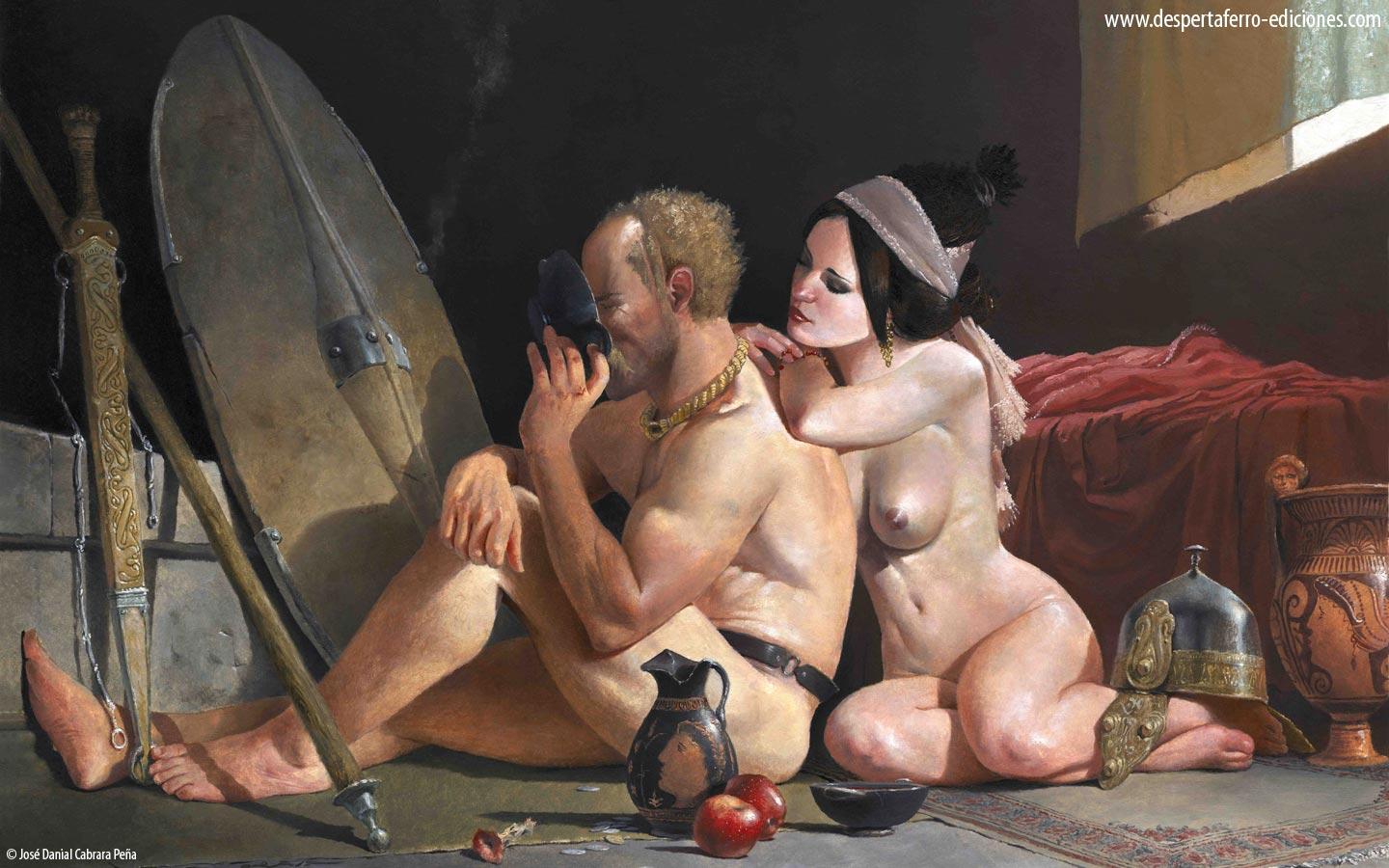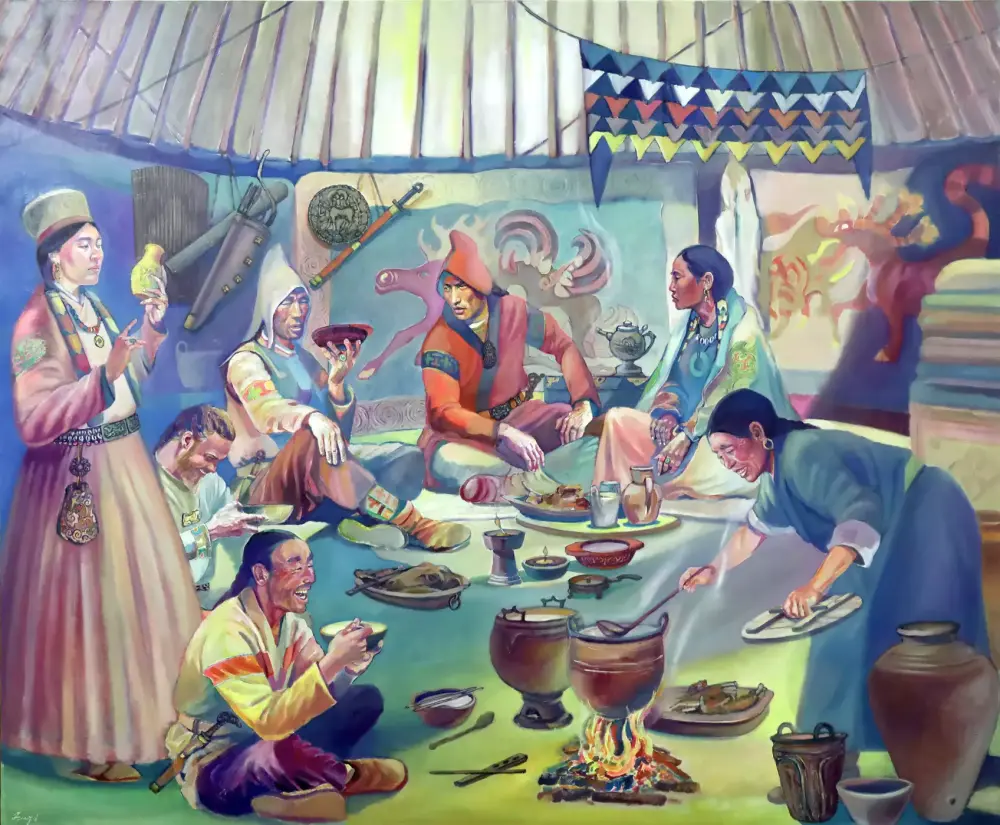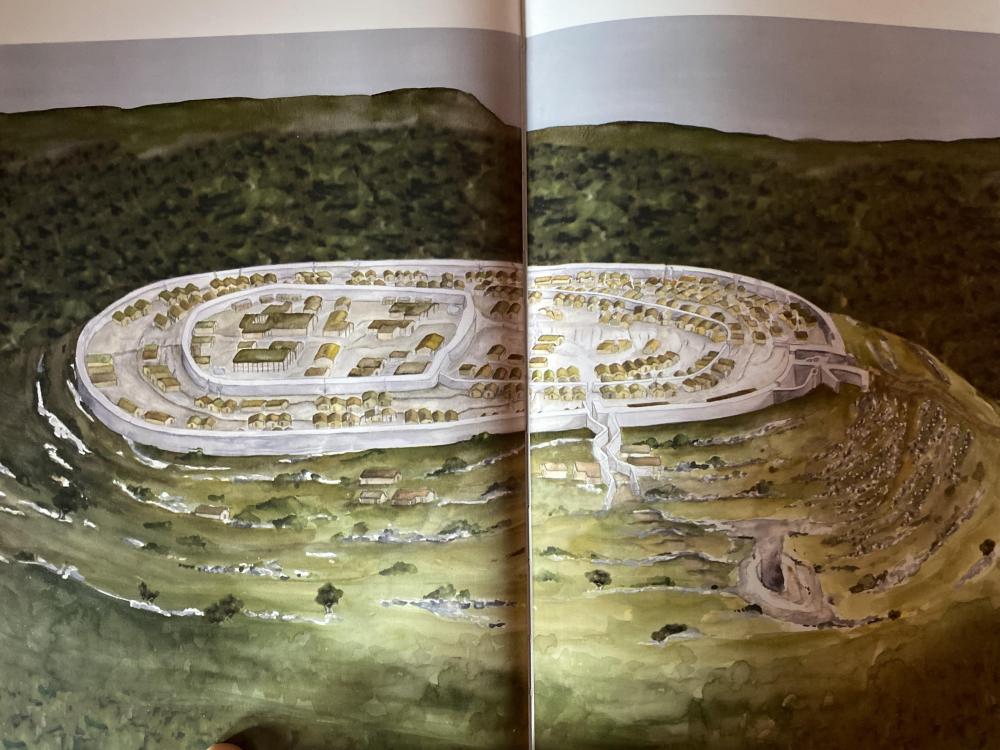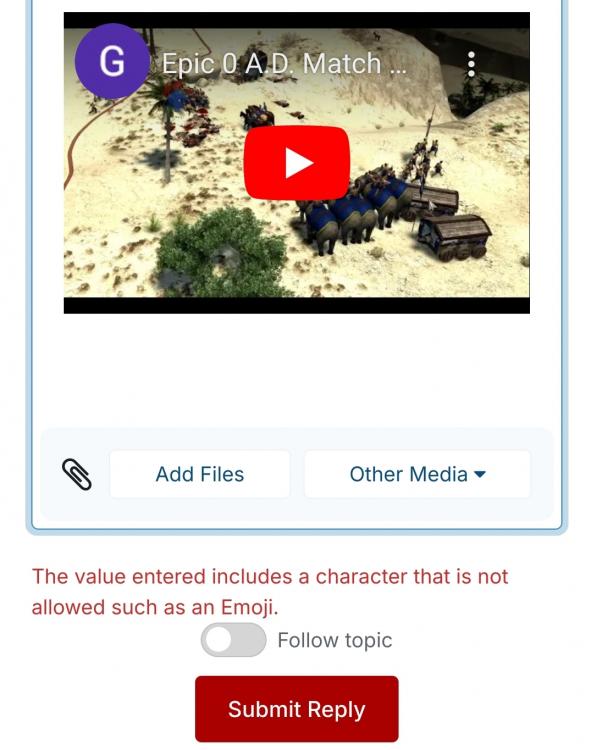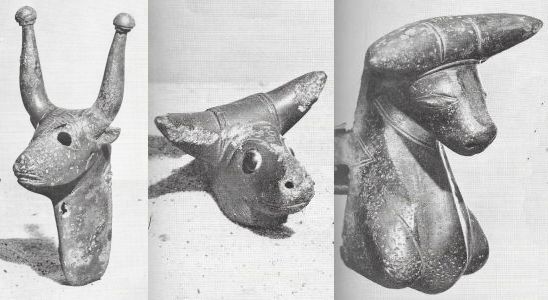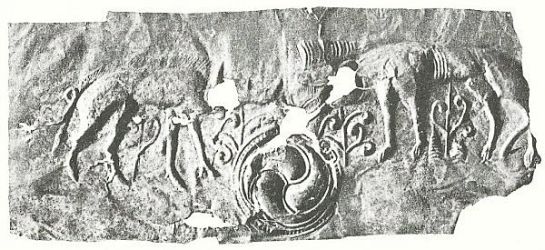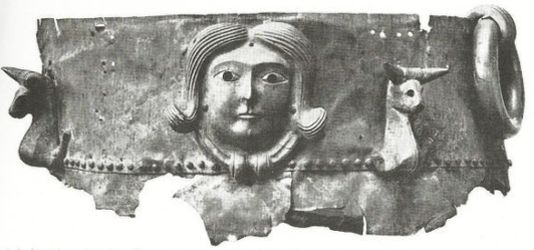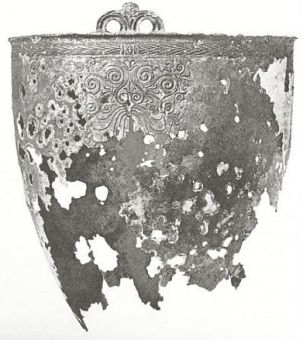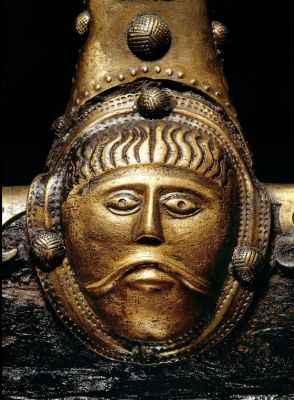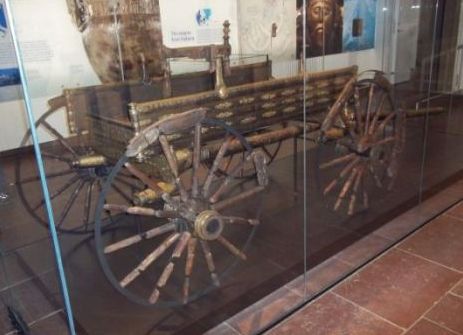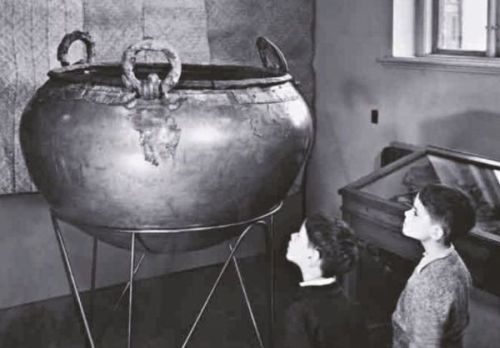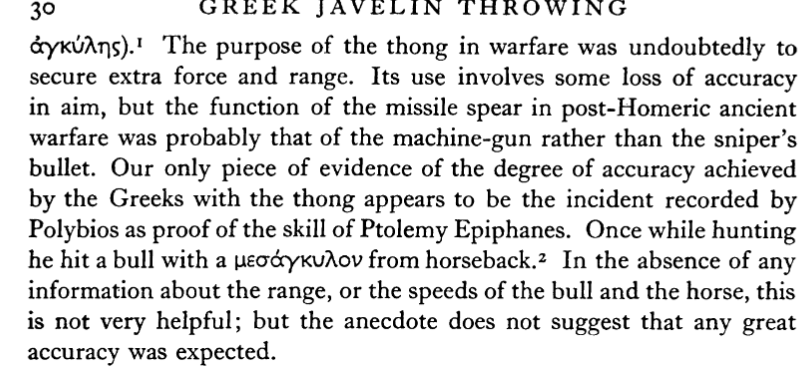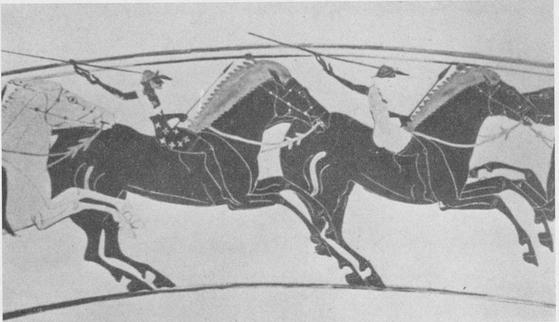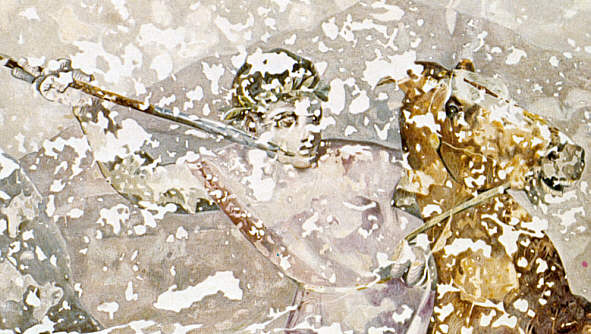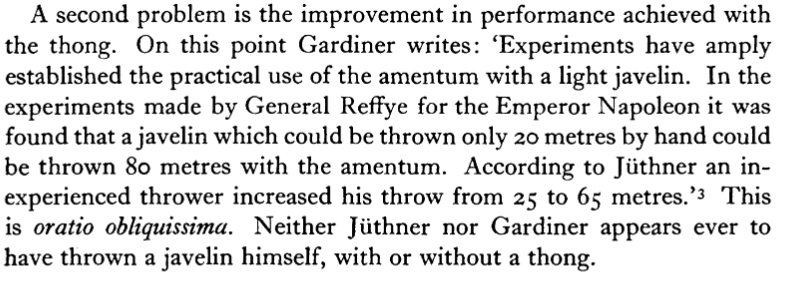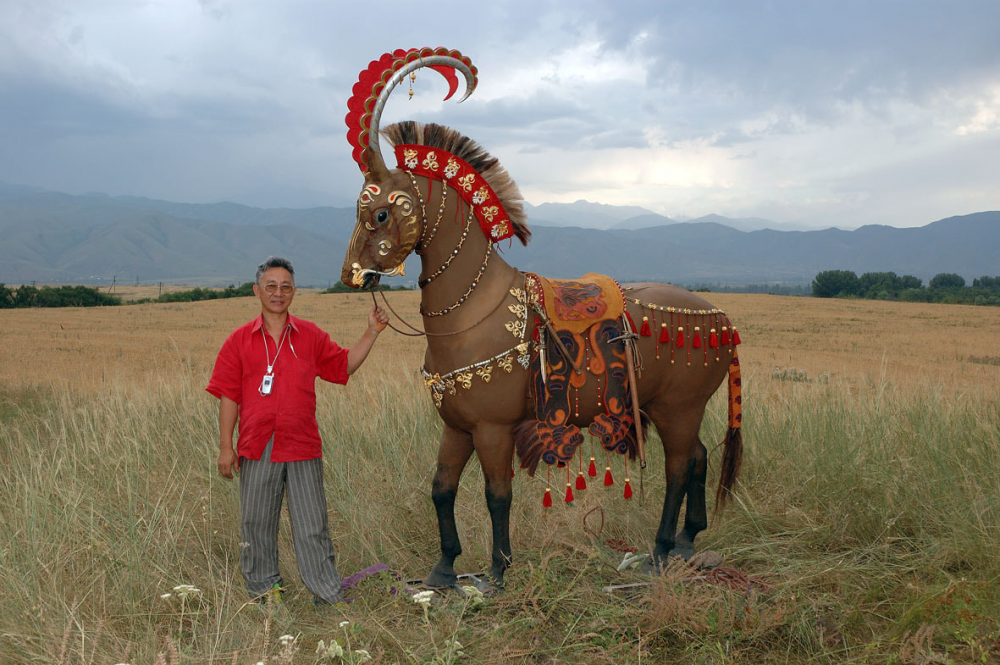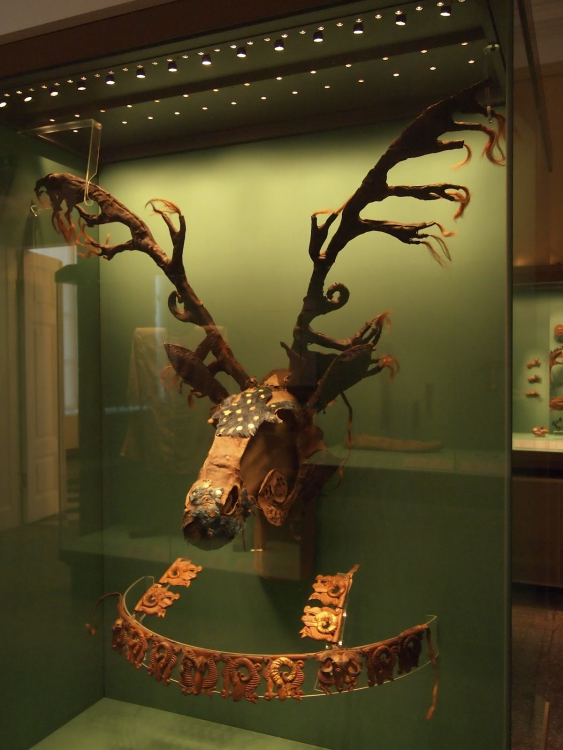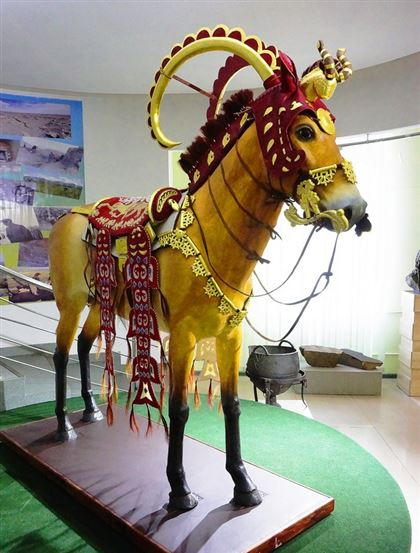-
Posts
2.379 -
Joined
-
Last visited
-
Days Won
80
Everything posted by Genava55
-
.thumb.jpg.b21ca1d0c15fb56b42c39b25a0a40815.jpg)
Others RTS - Discuss / Analysis
Genava55 replied to Lion.Kanzen's topic in Introductions & Off-Topic Discussion
Tlatoani: Aztec Cities Early Access Release Trailer | Paradox Arc It looks like Pedro Rafael Mena art. -
Ancient DNA reveals the multiethnic structure of Mongolia’s first nomadic empire https://www.mpg.de/20098860/0403-evan-mongolia-s-first-nomadic-empire-150495-x The Xiongnu built a multiethnic empire on the Mongolian steppe that was connected by trade to Rome, Egypt, and Imperial China. © Artwork by Galmandakh Amarsanaa, courtesy of Christina Warinner and the DairyCultures Project
-
.thumb.jpg.b21ca1d0c15fb56b42c39b25a0a40815.jpg)
Civ: Germans (Cimbri, Suebians, Goths)
Genava55 replied to wowgetoffyourcellphone's topic in Delenda Est
At the time of Pytheas, the Oksywie and Przeworsk cultures don't exist. Only the Pomeranian culture. Which is maybe not Germanic. The Gutones were probably still in Sweden at this time. It is quite difficult to interpret Pytheas attributed accounts. -
-
.thumb.jpg.b21ca1d0c15fb56b42c39b25a0a40815.jpg)
Cant build CC with enemy unit on construction site
Genava55 replied to strat0spheric's topic in Bug reports
I think it is the case in aoe series. The construction site is not seen by other players before starting to build it. @strat0spheric is it happening only by observing the construction site or the players swarm the future base with several units to prevent the construction by blocking the best spots? -
.thumb.jpg.b21ca1d0c15fb56b42c39b25a0a40815.jpg)
Cant build CC with enemy unit on construction site
Genava55 replied to strat0spheric's topic in Bug reports
This is simply a flaw in the game design exploited by players. The question is simply to know if it is an accepted behavior. Since it is impossible to give the right to build over enemy units, a new feature should be implemented giving a possibility to the victim to defend itself. And since it is complicated, requiring new ideas, coding etc. The team will give up. So this flaw will be accepted as a normal strategy. Happy to save you some time. -
.thumb.jpg.b21ca1d0c15fb56b42c39b25a0a40815.jpg)
Narrative Campaign General Discussion?
Genava55 replied to Lion.Kanzen's topic in Gameplay Discussion
I still think that Massalia is a better candidate if you want to go in the direction of a colony campaign. https://en.wikipedia.org/wiki/Massalia https://en.wikipedia.org/wiki/Founding_myth_of_Marseille Massalia later founded other colonies, notably Agathe, Antipolis and Nikaia. The other solution would be Hasdrubal the Fair, he was the predecessor of Hannibal and he founded Cartagena. https://en.wikipedia.org/wiki/Hasdrubal_the_Fair https://punicwars.org/people/hasdrubal-the-fair -
-
.thumb.jpg.b21ca1d0c15fb56b42c39b25a0a40815.jpg)
Narrative Campaign General Discussion?
Genava55 replied to Lion.Kanzen's topic in Gameplay Discussion
The advantage with Alexander is that there is more flexibility. Ideally, you would start with a scenario where Alexander is with his first two tutors, Leonidas and Lysimachus, as well as his father accompanied by Aristotle. Philip II could introduce Aristotle to Alexander during a royal hunt, which would be a bit of a pretext to introduce the player to the simplest controls like movement and resource gathering, but also introduce the minimap, fog of war etc. Philip II could convince Aristotle to be his son's new tutor in exchange for rebuilding Stagira. Then in the second part, there could be a scenario with on one side Aristotle teaching Alexander and his companions in Pella and on the other Philip II rebuilding the city of Stagira to honor Aristotle. In the 3rd part, the player will have more freedom when Alexander will be an adult and will make his first fights and found his first city. -
.thumb.jpg.b21ca1d0c15fb56b42c39b25a0a40815.jpg)
Others RTS - Discuss / Analysis
Genava55 replied to Lion.Kanzen's topic in Introductions & Off-Topic Discussion
Citadelium review: Crown of Greed reveal trailer -
.thumb.jpg.b21ca1d0c15fb56b42c39b25a0a40815.jpg)
Civ: Germans (Cimbri, Suebians, Goths)
Genava55 replied to wowgetoffyourcellphone's topic in Delenda Est
Celtic bronze cauldron found at Braa south of Horsens. It is decorated with bull motifs. It is more than a meter in diameter. Only the upper part of the cauldron is preserved, the rest has been reconstructed to show shape and size. Its capacity is estimated at 600 liters. Photo Danmarks Oldtid by Johannes Brøndsted. Remains of an almost vanished Celtic bronze kettle from Sophienborg Mose in North Sjælland. From Danmarks Oldtid by Johannes Brøndsted. Animal motif from Celtic bronze cauldron found in Illemosen near Rynkeby near Kerteminde on Funen. Photo Danmarks Oldtid by Johannes Brøndsted. Facial motif from a Celtic bronze cauldron found at Rynkeby on Funen. Photo Danmarks Oldtid by Johannes Brøndsted A finely decorated Celtic bronze bucket or kettle has been found at Kjeldby on Møn. Photo Danmarks Oldtid by Johannes Brøndsted. Typical Celtic detail from a Dejbjerg wagon. Photo Nationalmuseet, John Lee Wikipedia. A Dejbjerg wagon on display at the National Museum. The Dejbjerg wagons are two wooden wagons with ornamented bronze fittings from the Iron Age, which were found in 1881 and 1883 during peat digging in Dejbjerg Præstegårdsmose near Ringkøbing. The iron for the wagon bodies is from mountain ore from Central Europe and they were probably made by Celtic craftsmen. The rim bands have been repaired in Denmark with iron from Danish bog ore. Photo Simon Burchell Wikipedia. -
.thumb.jpg.b21ca1d0c15fb56b42c39b25a0a40815.jpg)
Civ: Germans (Cimbri, Suebians, Goths)
Genava55 replied to wowgetoffyourcellphone's topic in Delenda Est
The most important source for the Cimbri is Plutarch: https://penelope.uchicago.edu/Thayer/E/Roman/Texts/Plutarch/Lives/Marius*.html There is also a shorter description in Strabo: https://penelope.uchicago.edu/Thayer/E/Roman/Texts/Strabo/7B*.html Several informations I got from those: The Ambrones were marching in formation and were hitting their shield with their weapons in rhythm to give the pace. The Ambrones women fought with axe and sword against the cowards and the Romans when the defeat was certain and the Romans reaching their camp. The remaining Ambrones scared the Romans during the night by screaming like animals. The Cimbri successfully destroyed the bridge built by the Romans by throwing trees and rocks in the river upstream. The Cimbri captured the camp of Catulus and let the Romans live. They swore to spare them on their sacred bronze bull. Boiorix, king of the Cimbri, fought on horseback (he was leading a small detachment of cavalry). The infantry of the Cimbri fought in order, in a dense and deep formation. This is very similar to other people (Gauls, Greeks, Iberians etc.). The cavalry of the Cimbri was equipped with decorated helmets, body armors, white shields, javelins and long swords. The first ranks of the infantry was attached with iron chains to maintain more order and cohesiveness. When the Cimbri fled, their women once again fought against the fleeing men of their own kind. The gift the Cimbri offered much after the famous events to the emperor Augustus, was a kettle. The most sacred kettle said Strabo. Strabo said the Cimbri were a piratical and wandering folk. Strabo said priestess followed the Cimbri during their wandering and sacrificed war prisoners in huge cauldrons to collect their blood. To perform a prophecy. They also played drums during battle, on wagons. -
.thumb.jpg.b21ca1d0c15fb56b42c39b25a0a40815.jpg)
Civ: Germans (Cimbri, Suebians, Goths)
Genava55 replied to wowgetoffyourcellphone's topic in Delenda Est
This is one of the most famous Celtic iconography. You can but it was probably an imported booty or gift. -
.thumb.jpg.b21ca1d0c15fb56b42c39b25a0a40815.jpg)
Civ: Germans (Cimbri, Suebians, Goths)
Genava55 replied to wowgetoffyourcellphone's topic in Delenda Est
Why the ÆGISHJÁLMR for the emblem? https://en.m.wikipedia.org/wiki/Helm_of_Awe -
"The amentum (or “ankyle” in Greek) was a tool known to the ancient Greeks and Romans used to enhance the performance of a javelin throw." It was also used by the Iberians1 , by the Italic tribes in general2 and by the Gauls3,4. 1 BALLESTER TORMO, I. (1942). El" amentum" en los vasos de San Miguel de Liria. Archivo Español de Arqueología, 15(46), 48. 2 Burns, M. (2006). The cultural and military significance of the South Italic warrior's panoply from the 5th to the 3rd centuries BC. University of London, University College London (United Kingdom). 3 Caesar, Gallic Wars, 5, 45-48. 4 Gardiner, E. N. (1907). Throwing the Javelin. The Journal of Hellenic Studies, 27, 249–273. "It was applied for sports, hunting, as well as warfare." You can also mention it was used on horseback in some occasions. We have an account from Polybios mentioning its use from horseback during a hunt: And we have a few iconographic evidences: - Athens, Acropolis Museum. - Archaeological Museum of Pella "Recreations estimate the gain at above 25% in speed and 50% in distance. Moreover, the amentum also imparted spin on the javelin, improving its flight stability and accuracy." There are two sources, Edward Norman Gardiner and Julius Jüthner, mentioning a better performance for recreations.
-
.thumb.jpg.b21ca1d0c15fb56b42c39b25a0a40815.jpg)
Narrative Campaign General Discussion?
Genava55 replied to Lion.Kanzen's topic in Gameplay Discussion
Single player campaign references: What quality should we aim for? -
.thumb.jpg.b21ca1d0c15fb56b42c39b25a0a40815.jpg)
Narrative Campaign General Discussion?
Genava55 replied to Lion.Kanzen's topic in Gameplay Discussion
Alexander learnt to hunt during his childhood and continued to hunt during his adolescence and adult time. He was learning with his companions Ptolemy, Hephaistion, and Cassander at the same spot. So probably they did hunt. There is a minor battle against the Maedi and the founding of a town, Alexandrupolis. https://www.livius.org/articles/place/alexandrupolis/ -
.thumb.jpg.b21ca1d0c15fb56b42c39b25a0a40815.jpg)
Narrative Campaign General Discussion?
Genava55 replied to Lion.Kanzen's topic in Gameplay Discussion
No. This issue will arise constantly, for every Greek city state mentioned in any remarkable stories. -
.thumb.jpg.b21ca1d0c15fb56b42c39b25a0a40815.jpg)
Narrative Campaign General Discussion?
Genava55 replied to Lion.Kanzen's topic in Gameplay Discussion
Philip II of Macedon rebuilt Stagira in exchange for Aristotle tutoring his son https://en.wikipedia.org/wiki/Stagira_(ancient_city) -
.thumb.jpg.b21ca1d0c15fb56b42c39b25a0a40815.jpg)
Narrative Campaign General Discussion?
Genava55 replied to Lion.Kanzen's topic in Gameplay Discussion
The youth of Alexander the Great, tutored by Aristotle. He then started his military career against the Thracians and Illyrians. Finally, he fought decisively during the Battle of Thebes and Battle of Chaeronea. Several events that could be used for a tutorial. https://en.wikipedia.org/wiki/Alexander_the_Great The founding of Marseille (Massalia), we could use the myth as a basis for a more free interpretation. https://en.wikipedia.org/wiki/Founding_myth_of_Marseille The Ionian Revolt, prelude to the Greco-Persian Wars. Aristagoras is an interesting character. https://en.wikipedia.org/wiki/Ionian_Revolt -
.thumb.jpg.b21ca1d0c15fb56b42c39b25a0a40815.jpg)
gameplays Age of Empires 2 stuff
Genava55 replied to Lion.Kanzen's topic in Introductions & Off-Topic Discussion
@Lion.Kanzen@wowgetoffyourcellphone -
-
.thumb.jpg.b21ca1d0c15fb56b42c39b25a0a40815.jpg)
gameplays Age of Empires 2 stuff
Genava55 replied to Lion.Kanzen's topic in Introductions & Off-Topic Discussion
-
.thumb.jpg.b21ca1d0c15fb56b42c39b25a0a40815.jpg)
gameplays Age of Empires 2 stuff
Genava55 replied to Lion.Kanzen's topic in Introductions & Off-Topic Discussion
"Among the Spartans, the royal guard of honour, consisting of 300 picked young men under the age of thirty, who, although originally mounted, afterwards served as heavy-armed footsoldiers." - Harry Thurston Peck. Harpers Dictionary of Classical Antiquities. New York. Harper and Brothers. 1898. "My subject is the body of elite Spartan troops who were denominated hippeis ('horsemen'). They numbered 300, and paradoxically, despite their nomenclature, served as infantrymen. Thucydides was sensitive to this irony, speaking of the 'so-called hippeis' (Thuc. 5.72.4). His context is their utilization at Mantineia (418), which demonstrates that they were hoplites, not horsemen. Ephorus, transmitted through Strabo, confirms their status as infantry, contrasting them with their Cretan counterparts. As often with Spartan institutions, much of our unambiguous evidence derives from the classical period, when the hippeis had long existed, and when military exigencies facing Sparta were already forcing significant adaptations." - Figueira, T. (2006) The Spartan Hippeis; in Hodkinson, S., & Powell, A. (2006). Sparta and war. Classical Press of Wales. Also mentioned here:

